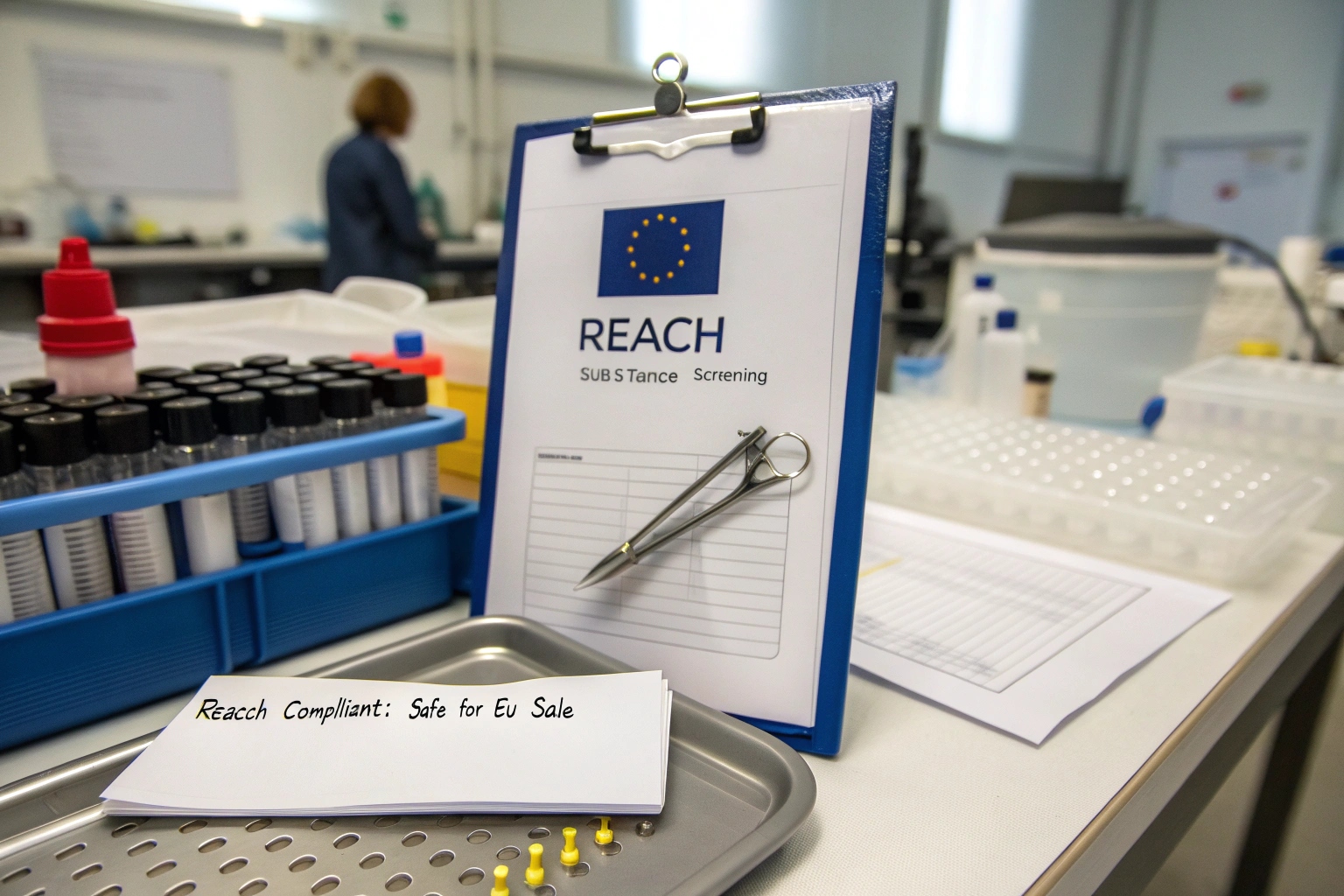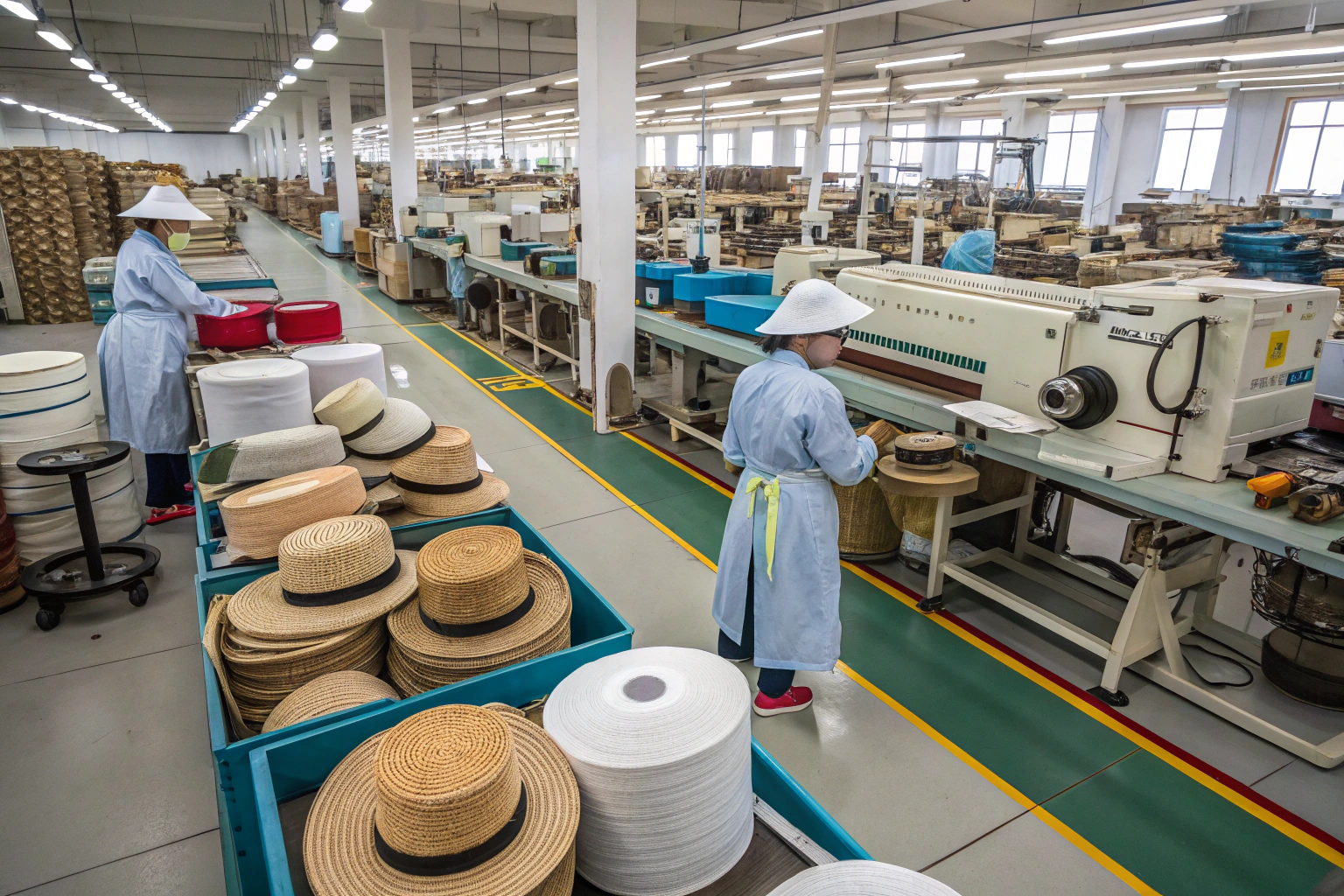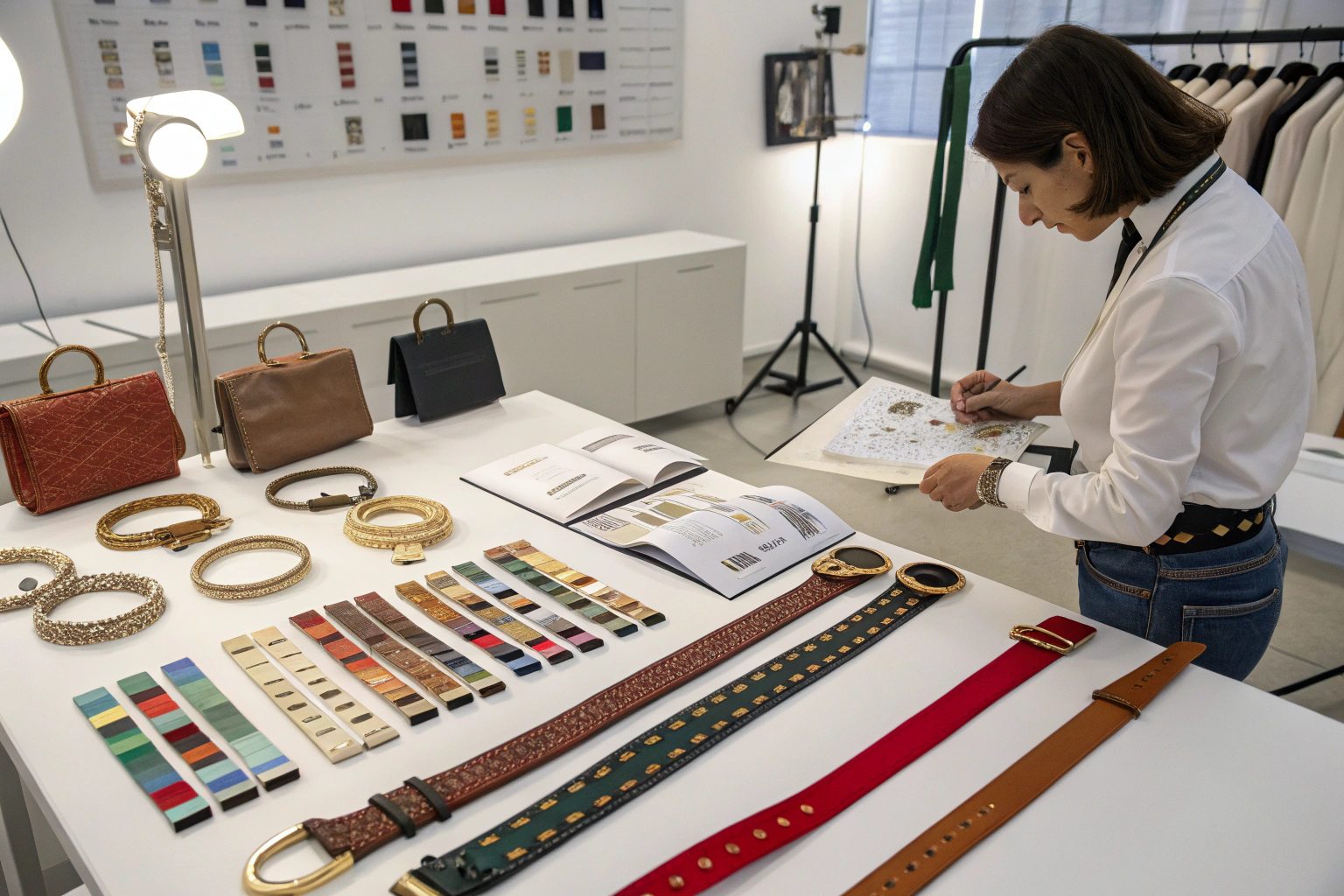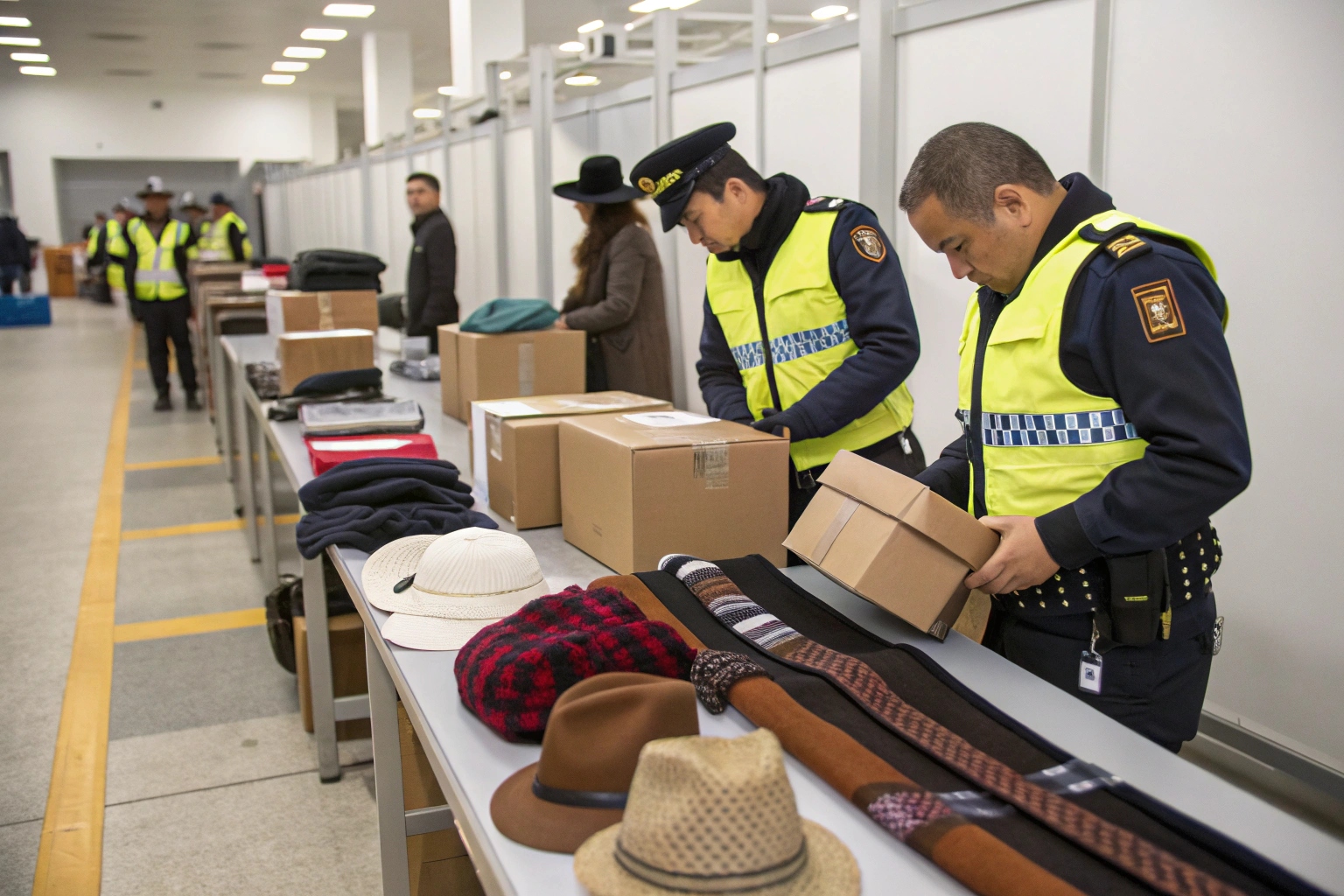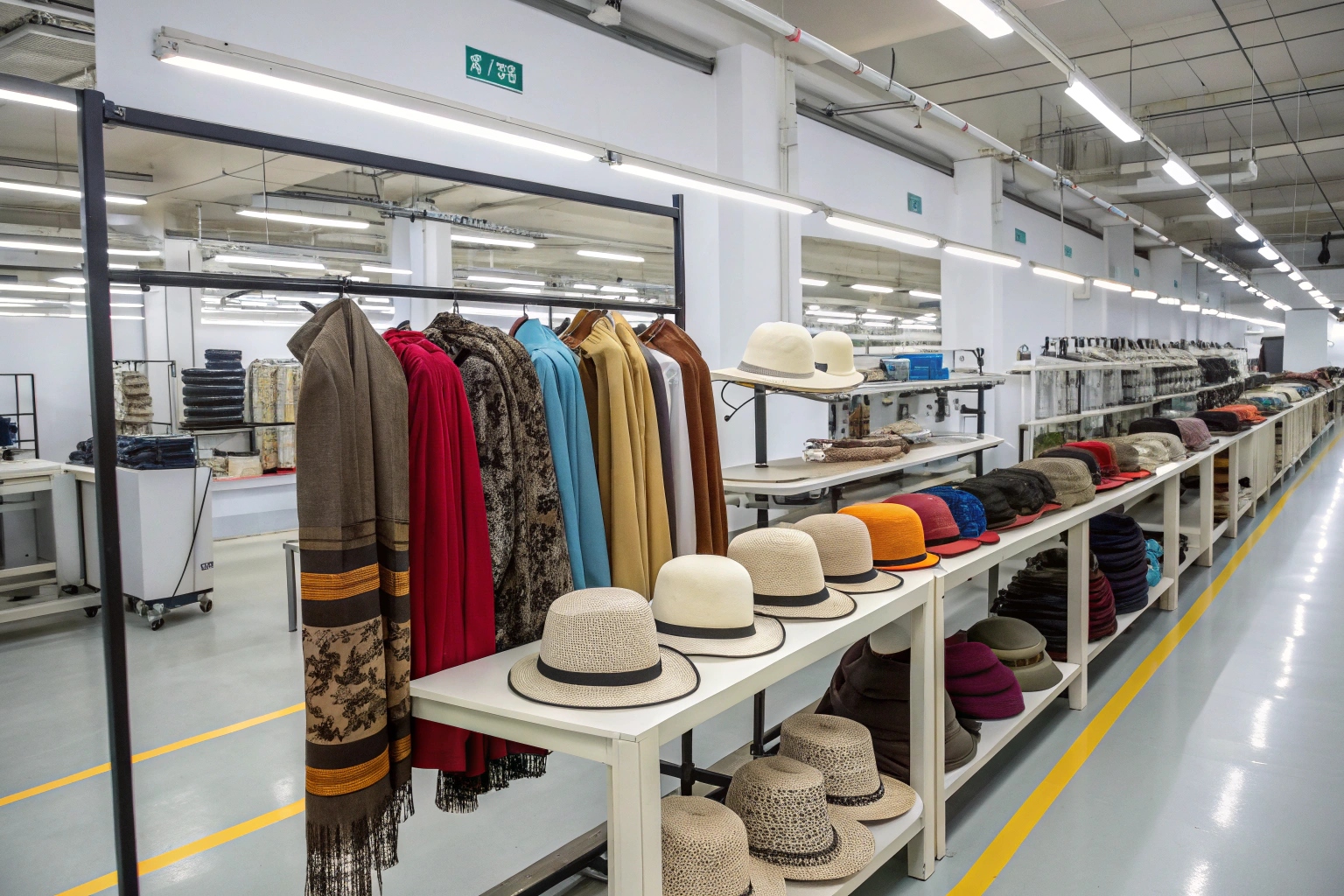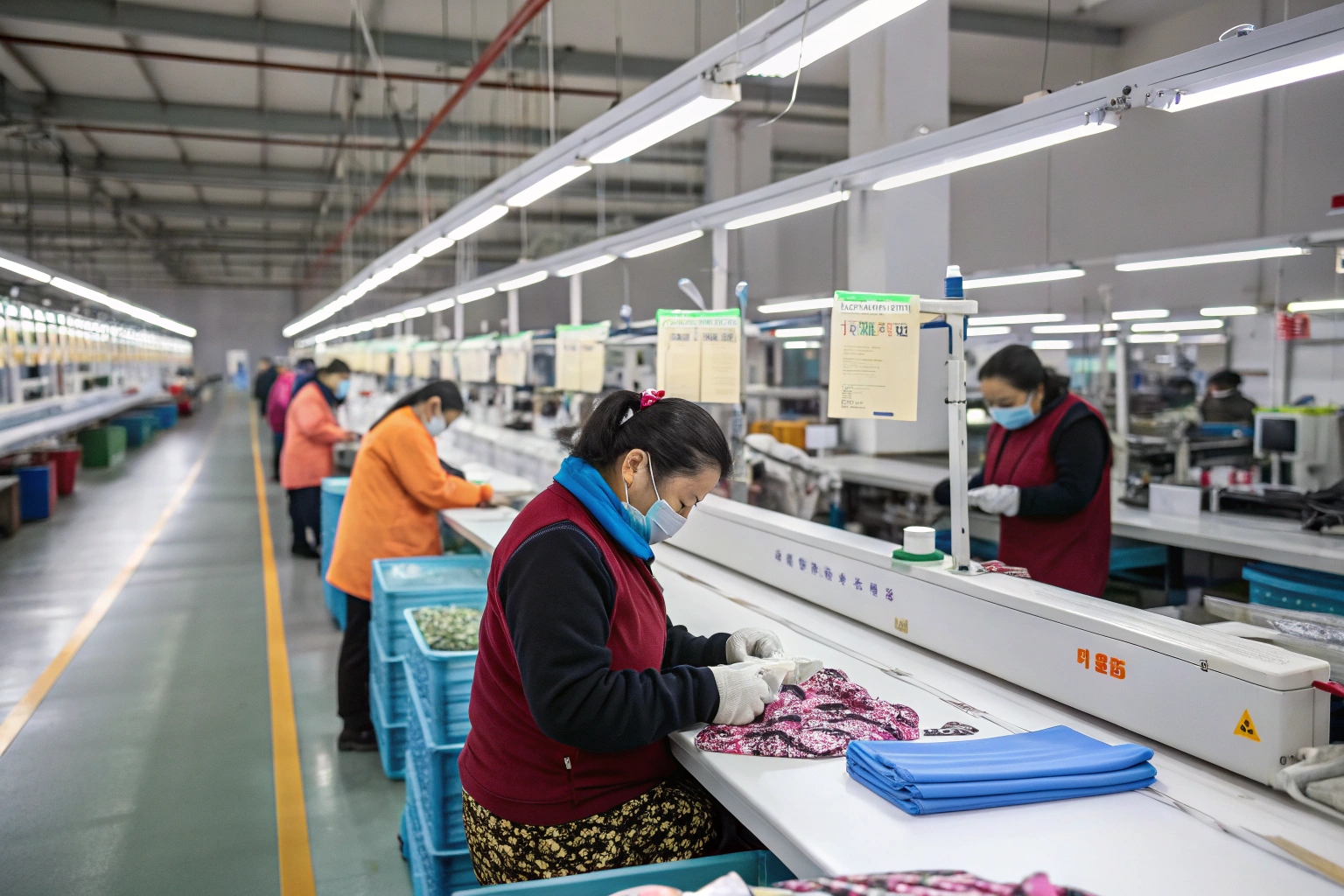You’ve just produced thousands of beautiful metal hair clips in China—but your European buyer asks: are they REACH compliant?
EU REACH regulations require importers and suppliers to restrict harmful chemicals in metal hair clips. Compliance involves meeting safety thresholds, disclosing substances of concern, and following strict labeling under Articles 33 and 67.
At AceAccessory, we’ve worked with many European brands to ensure our metal accessories, including hair clips, pass REACH compliance tests. In this article, I’ll explain what REACH is, which articles affect our products, and how we make sure every clip is ready for customs and shelves in the EU.
What is Article 33 of the EU REACH?
Article 33 is one of the most important rules for any importer of consumer goods—especially accessories made with metals, paints, or plastics.
Article 33 of the REACH regulation requires suppliers to inform customers if a product contains more than 0.1% of any Substance of Very High Concern (SVHC).
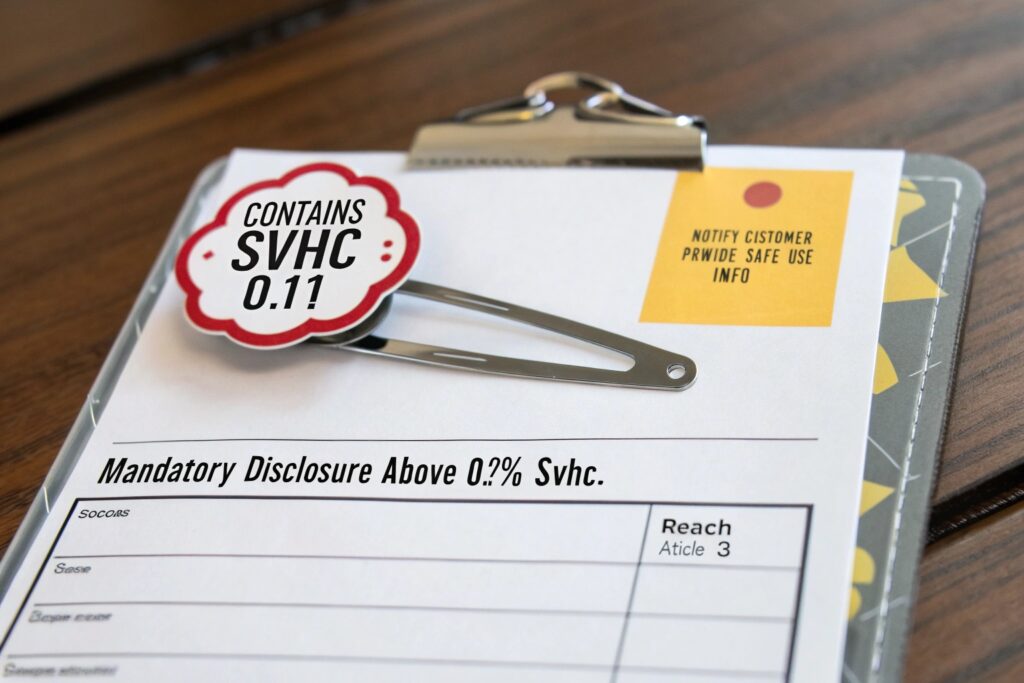
Why does Article 33 matter for metal hair clips?
Hair clips often include:
- Electroplated metal
- Decorative paint or resin
- Adhesives used for attaching stones or accents
Any of these can contain trace amounts of SVHCs, such as:
- Lead (Pb)
- Cadmium (Cd)
- Phthalates (DEHP, DBP)
- Chromium VI
Here’s what Article 33 requires:
| Requirement | Details |
|---|---|
| SVHC Threshold | Notify if >0.1% by weight of article |
| Communication Duty | Inform B2B buyers about the substance and how to use product safely |
| Consumer Request | Must provide info within 45 days if asked |
| Candidate List Updates | Track latest SVHCs (updated every 6 months) |
We proactively test every metal batch we use. Our certified lab partners provide SVHC reports, and we maintain digital REACH files for each PO. If an SVHC is found, we notify our clients before shipment.
What is Article 67 of the EU REACH?
While Article 33 is about disclosure, Article 67 is about restriction. It prohibits the use of certain chemicals beyond specific limits.
Article 67 of REACH bans the use of hazardous substances listed in Annex XVII in concentrations above the allowed limit. These restrictions are legally binding and apply to all EU imports.
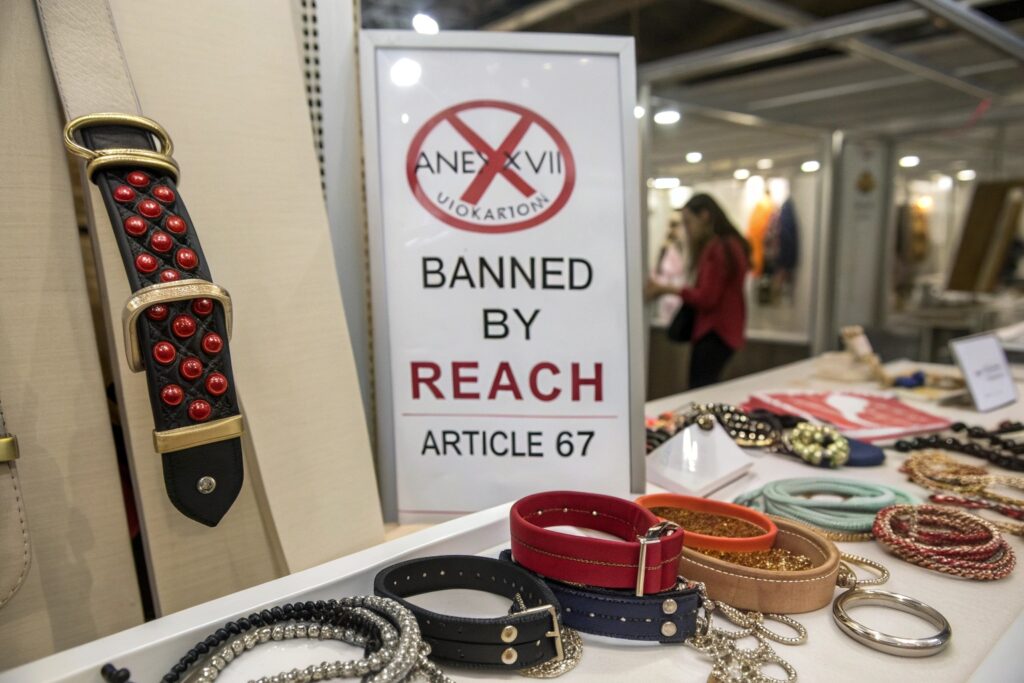
How does Article 67 affect hair clip manufacturing?
Let’s say a customer orders gold-tone hair clips with rhinestones. We must ensure:
- No lead content above 0.05%
- No cadmium above 0.01%
- No nickel release beyond 0.5 µg/cm²/week (for skin-contact items)
Failing to comply means:
- Customs seizure
- Fines for the importer
- Mandatory product recalls
Here’s how we protect our EU clients:
| Risk Substance | REACH Limit | AceAccessory Action |
|---|---|---|
| Lead (Pb) | ≤ 0.05% by weight | Use certified electroplating only |
| Cadmium (Cd) | ≤ 0.01% by weight | Banned in all alloys used |
| Nickel (Ni) | ≤ 0.5 µg/cm²/week | Perform nickel release tests on contacts |
| Phthalates (DEHP) | ≤ 0.1% in plastic | REACH-safe resins and adhesives only |
Our QC team conducts in-house spot checks and third-party REACH testing before shipment, especially for orders bound for Germany, France, or Sweden—where enforcement is stricter.
What is the REACH Regulations Annex 17?
Annex XVII is the list that keeps everyone up at night—it’s the official blacklist of restricted substances in the EU.
Annex XVII of REACH contains all restrictions on the manufacture, marketing, and use of hazardous substances in products sold in the EU. These rules are enforced at customs and during market surveillance.
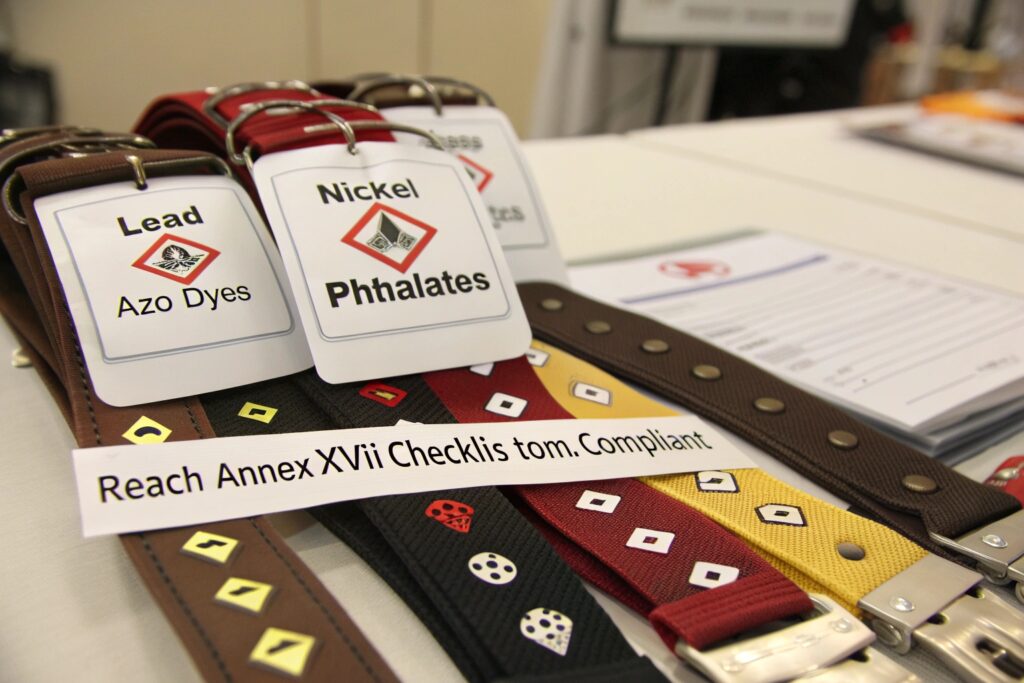
What substances in Annex XVII matter for hair clips?
Annex XVII currently includes over 70+ substance groups. The ones relevant to metal or plastic accessories include:
| Substance or Group | Annex XVII Entry | Restriction Details |
|---|---|---|
| Lead and its compounds | Entry 63 | Max 0.05% in accessible parts |
| Cadmium | Entry 23 | Banned in jewelry, plastics |
| Phthalates (DEHP, etc.) | Entry 51 & 52 | ≤ 0.1% in children’s products |
| Azocolorants | Entry 43 | Banned in dyed textiles and leather |
| Nickel release | Entry 27 | < 0.5 µg/cm²/week for prolonged skin contact |
Our metal hair clips use nickel-free plating and cadmium-safe soldering. We document every batch of raw materials and keep traceable purchase records for full REACH traceability.
For clients with eco-conscious brand values, we also offer REACH-compliant coatings and water-based adhesives with full test reports.
What is the column 2 of Annex XVII of the REACH Regulation?
Column 2 of Annex XVII isn’t just legal fluff—it’s where the details live.
Column 2 of Annex XVII provides specific conditions, exceptions, and clarifications that define when and how the restrictions in Column 1 apply.
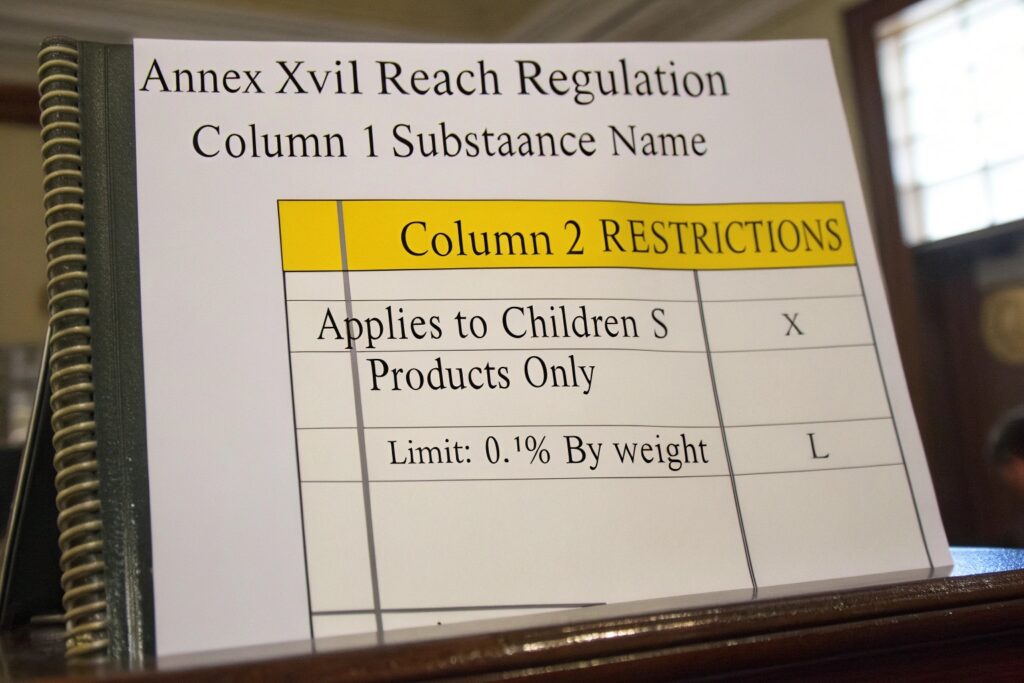
Why should you read Column 2 carefully?
Here’s an example:
- Nickel restriction (Entry 27) applies only to products with prolonged skin contact.
- So, belt buckles worn over clothing may not be restricted.
- But hair clips, especially those worn all day, are restricted.
Here’s a breakdown of how Column 2 shapes interpretation:
| Entry (Column 1) | Column 2 Clarification Example |
|---|---|
| 27 (Nickel) | Applies if item touches skin >30 mins |
| 23 (Cadmium) | Exempts electroplated items if proven not to leach |
| 63 (Lead) | Excludes inaccessible parts fully enclosed by casing |
At AceAccessory, we read both columns and interpret rules in partnership with certified EU testing labs. We also flag items that may need extra attention based on new REACH updates.
Our clients appreciate that we don’t leave REACH compliance to chance—we document every clip, coating, and clasp.
Conclusion
REACH compliance isn’t optional when selling metal hair clips in the EU. Articles 33 and 67, along with Annex XVII, define exactly what’s allowed and what’s banned. At AceAccessory, we make sure your accessories are tested, documented, and ready for customs clearance—so you can focus on growing your brand across Europe without worrying about regulations.

